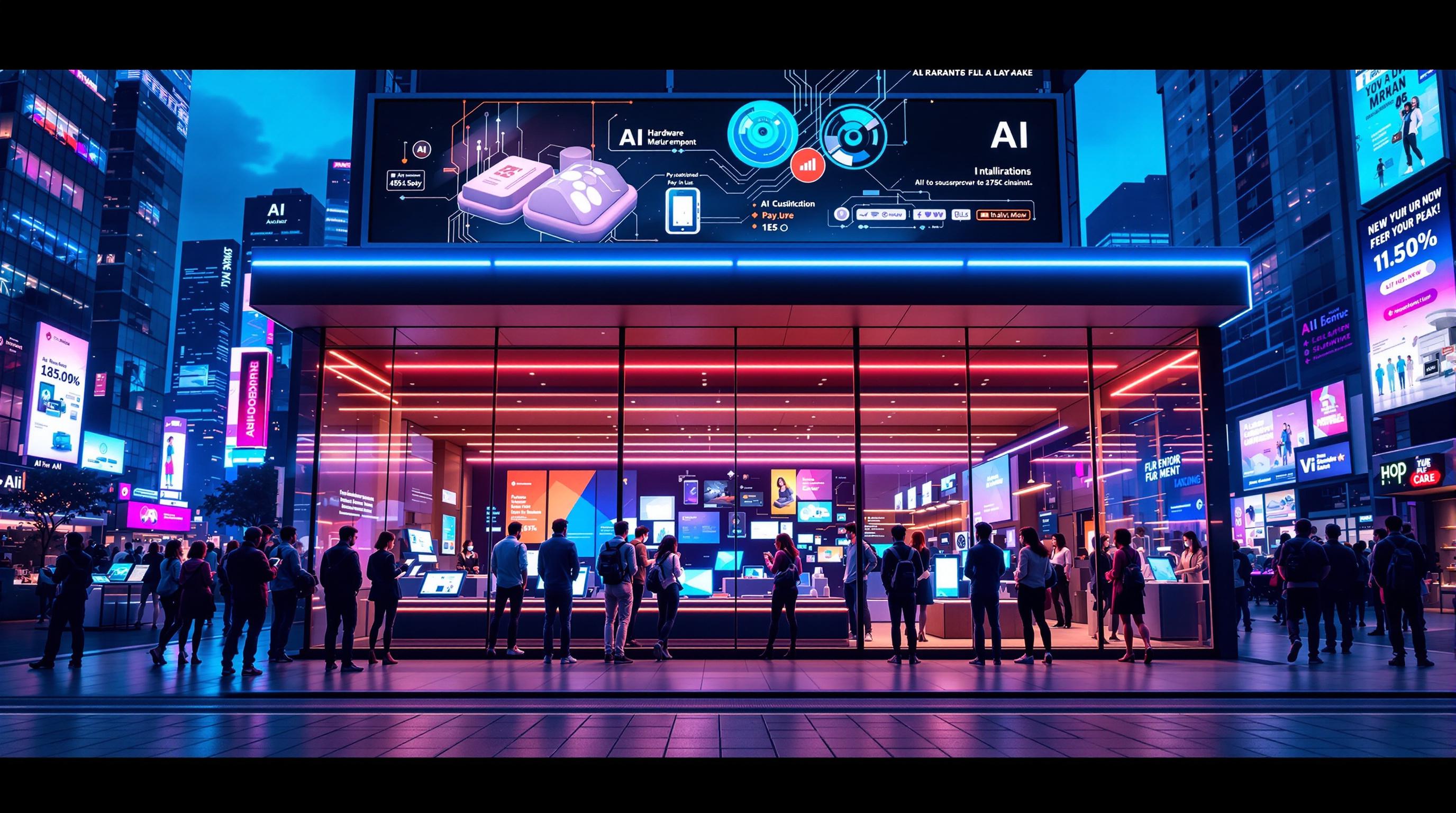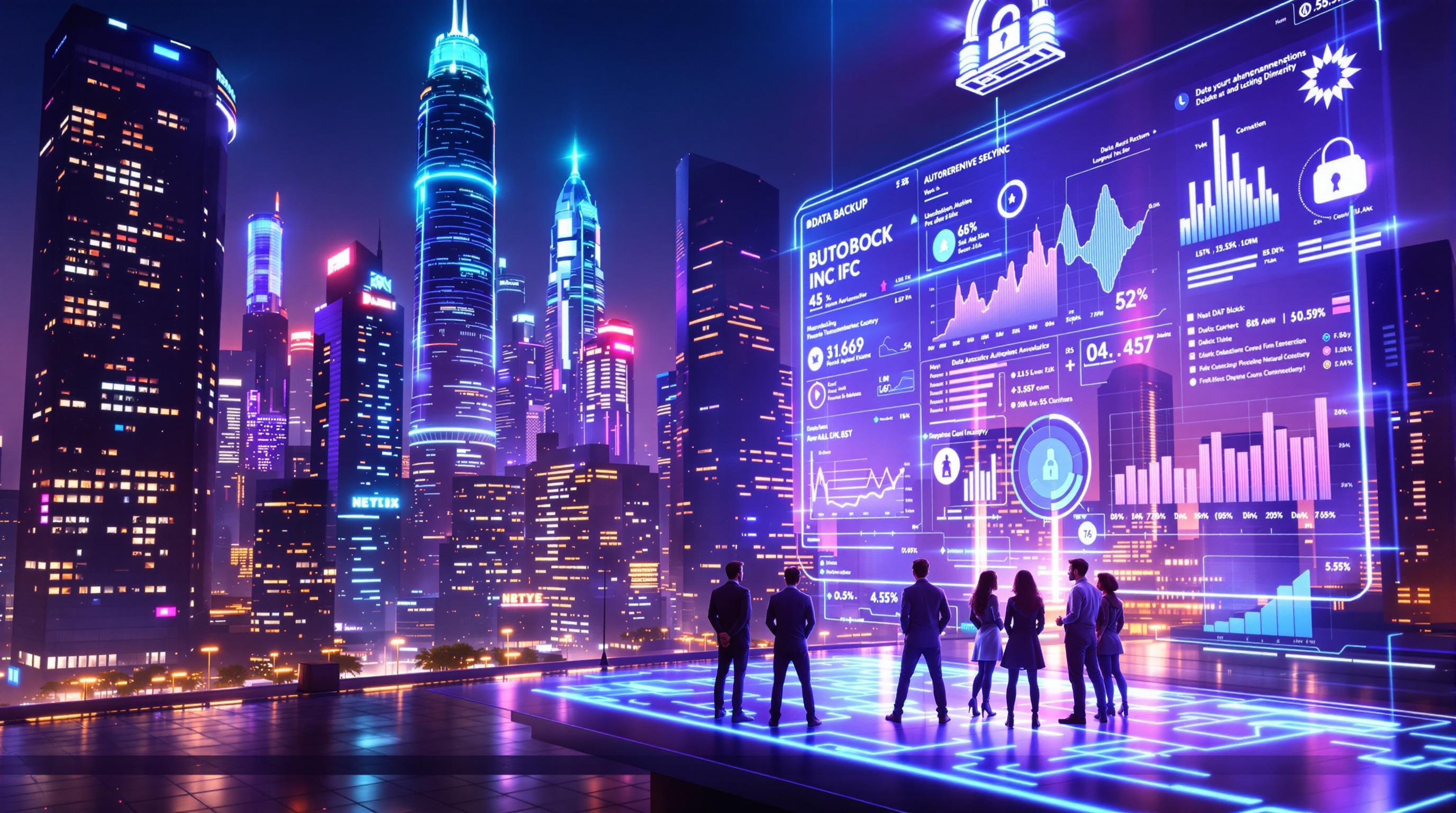Multi-agent collaboration allows multiple specialized agents to work together, solving complex tasks more efficiently compared to single-agent workflows. By dividing tasks, enabling better communication, and dynamically assigning roles, multi-agent systems improve speed, scalability, and resource use. Key benefits include:
- Parallel Processing: Tasks are split and handled simultaneously, boosting efficiency by up to 70%.
- Reduced Latency: Advanced communication and routing methods cut delays.
- Scalability: Easily adapts to larger workloads without bottlenecks.
- Industry Applications: Used in finance (40% faster fraud detection), healthcare (60% faster diagnoses), and e-commerce (35% better inventory accuracy).
Quick Comparison
| Aspect | Single-Agent Workflows | Multi-Agent Collaboration |
|---|---|---|
| Processing Capability | Sequential | Parallel |
| Task Management | Centralized | Distributed |
| Scalability | Limited | Scalable |
| Resource Utilization | Bottlenecked | Efficient |
This approach is transforming workflows in industries like healthcare, finance, and e-commerce, with tools like Amazon Bedrock and Temporal leading the way. Learn how multi-agent systems ensure faster, more reliable operations while scaling effortlessly.
The Ultimate Guide to AI Multi-agent Workflows
Core Elements of Multi-Agent Collaboration
The success of multi-agent collaboration depends on three key components that streamline distributed workflows and minimize delays.
Task Division and Specialization
Breaking down complex tasks into smaller, manageable subtasks has been shown to improve workflow efficiency and increase goal success rates by 70% compared to single-agent methods [1]. For example, Amazon Bedrock uses a supervisor-agent structure to significantly enhance task completion rates [2].
Communication Methods
Effective communication is at the heart of inter-agent coordination. Structured messaging and group decision-making processes help reduce delays caused by misunderstandings or bottlenecks, ensuring smoother workflows. These methods not only improve coordination but also play a major role in reducing latency.
Flexible Role Assignment
Dynamic role assignment has transformed how multi-agent systems operate. Tools like Temporal, designed for managing distributed workflows, showcase how assigning roles based on real-time conditions allows for seamless task handoffs and efficient execution [3]. This approach helps systems:
- Adjust to shifting workloads
- Make better use of resources
- Avoid bottlenecks
This flexibility is especially valuable in enterprise settings, where workloads can change unpredictably. By using dynamic role assignment, organizations can maintain high performance while keeping delays to a minimum.
These elements work together to tackle latency issues in distributed workflows, making multi-agent systems more effective in practical applications.
sbb-itb-f88cb20
Advantages of Multi-Agent Collaboration
Multi-agent collaboration brings clear benefits when it comes to efficiency, response times, and scaling capabilities.
Boosting Workflow Efficiency
By splitting tasks among multiple agents and processing them simultaneously, these systems achieve better results compared to single-agent setups. This approach is especially useful for complex operations, where multi-agent systems deliver higher success rates [1]. For example, Amazon Bedrock leverages this capability to streamline multi-step workflows, improving both productivity and accuracy [2].
Cutting Down Latency
Reducing delays in multi-agent systems depends on advanced routing and communication techniques. Here's a breakdown of some effective strategies:
| Strategy | How It Works | Benefits |
|---|---|---|
| Dynamic Routing | Skips unnecessary agent coordination | Cuts down communication overhead |
| Payload Optimization | Reduces the size of data transfers | Speeds up processing between agents |
| State Management | Coordinates agent interactions efficiently | Lowers bottlenecks and boosts speed |
Take dynamic routing as an example. By avoiding unnecessary steps, systems see noticeable improvements in response times [1]. These methods not only make systems faster but also set the stage for handling larger, more demanding tasks.
Scaling with Ease
One of the standout features of multi-agent systems is their ability to handle growing workloads seamlessly. Adding agents doesn't slow them down, making them ideal for organizations that need to scale. This is achieved through:
- Decentralized task distribution to balance workloads
- Adaptive resource allocation to meet changing demands
- Strong coordination mechanisms to maintain efficiency
"Cooperative multi-agent systems adapt to failures and environmental changes, making them ideal for dynamic scenarios" [4].
A good example is Temporal's framework, which shows how proper orchestration and state management ensure high performance, even during spikes in demand [3]. This flexibility makes multi-agent systems a reliable choice for enterprises dealing with fluctuating workloads.
Practical Uses and Supporting Tools
The benefits of multi-agent collaboration are evident in how industries apply these systems to streamline processes and solve challenges.
Use in Business Workflows
Amazon Bedrock uses a supervisor agent to coordinate sub-agents, delivering faster fraud detection in finance, quicker medical diagnoses in healthcare, and improved supply chain management in e-commerce.
| Industry | Application | Impact |
|---|---|---|
| Finance | Fraud detection, portfolio management | 40% faster transaction monitoring |
| Healthcare | Medical image analysis | Diagnosis time reduced by 60% |
| E-commerce | Supply chain optimization | 35% better inventory accuracy |
In customer service, agents specialize in tasks like classifying inquiries, generating responses, and managing escalations. This division of labor ensures efficient and accurate handling of customer needs.
Best AI Agents

The Best AI Agents directory helps businesses identify AI tools suited to their specific requirements. By organizing agents by functionality, this resource simplifies the integration of multi-agent systems, boosting task efficiency and productivity.
Future Developments in Multi-Agent Systems
"Cooperative multi-agent systems adapt to failures and environmental changes, making them ideal for dynamic scenarios" [4].
Looking ahead, multi-agent systems are set to improve with:
- Smarter algorithms for better task distribution
- Enhanced communication protocols for faster operations
- Human-in-the-loop setups that combine AI efficiency with human oversight
Open-source tools like LangGraph and CrewAI are already pushing the boundaries by offering secure communication and improved information sharing. These advancements address enterprise challenges, making workflows more efficient, reducing delays, and enabling systems to scale effectively.
Summary
Key Takeaways
Multi-agent collaboration has transformed how distributed workflows operate by breaking tasks into specialized components and ensuring smooth communication. This approach allows tasks to run in parallel, leading to a 23% boost in performance for enterprise workflows.
| Component | Effect | Advantage |
|---|---|---|
| Task Decomposition | 70% higher success rate | Enables parallel task execution |
| Communication Protocols | 23% performance increase | Facilitates smooth information flow |
| Scalability | Adapts dynamically | Optimizes resource allocation |
These advantages show the impact of multi-agent systems, though their success depends on proper planning and execution.
Moving Forward
To adopt multi-agent systems successfully, prioritize strong collaboration protocols and effective knowledge-sharing methods [1][2]. Resources like the Best AI Agents directory can help identify tools to enhance multi-agent workflows.
"Cooperative multi-agent systems adapt to failures and environmental changes, making them ideal for dynamic scenarios" [4].


